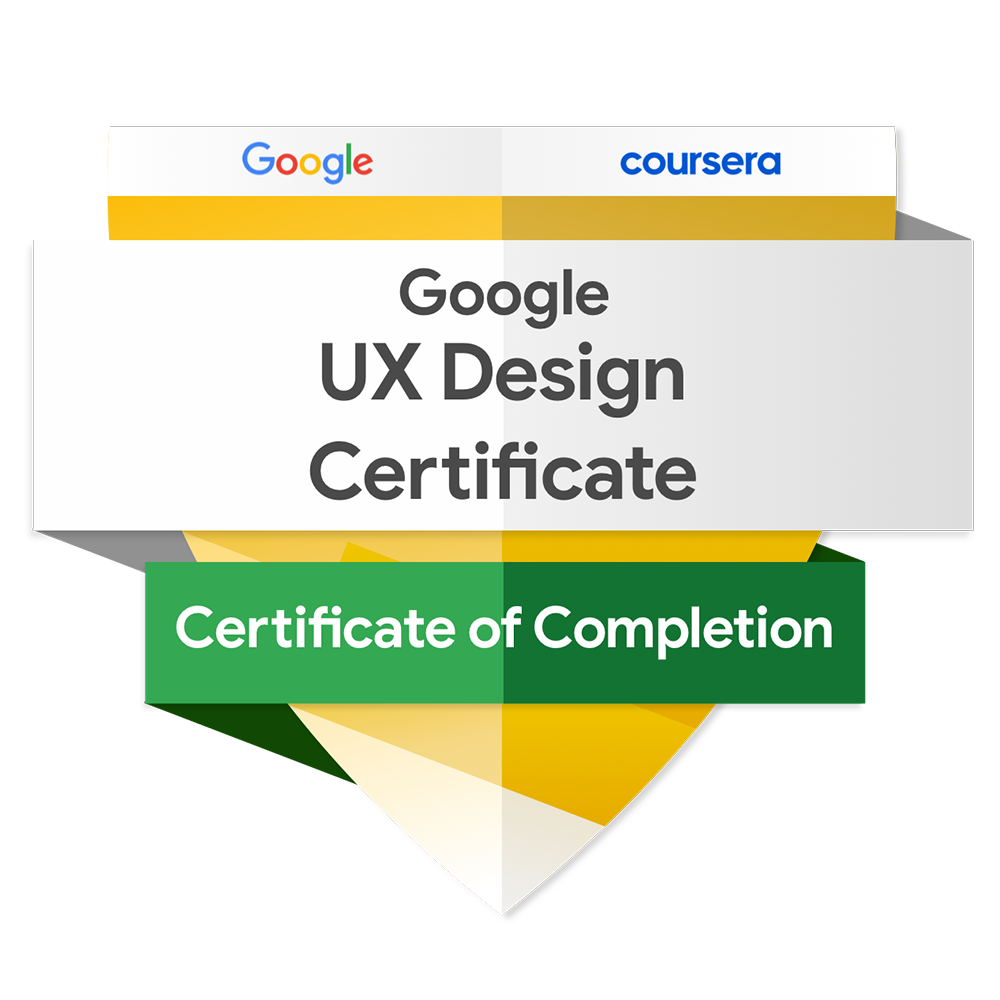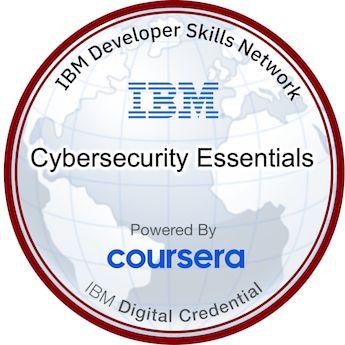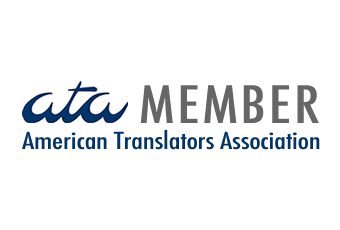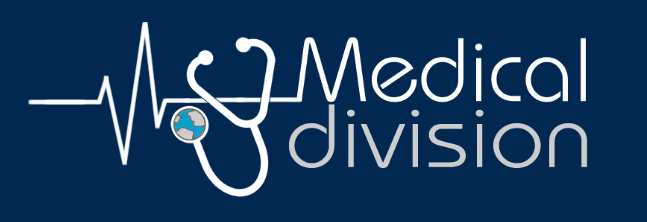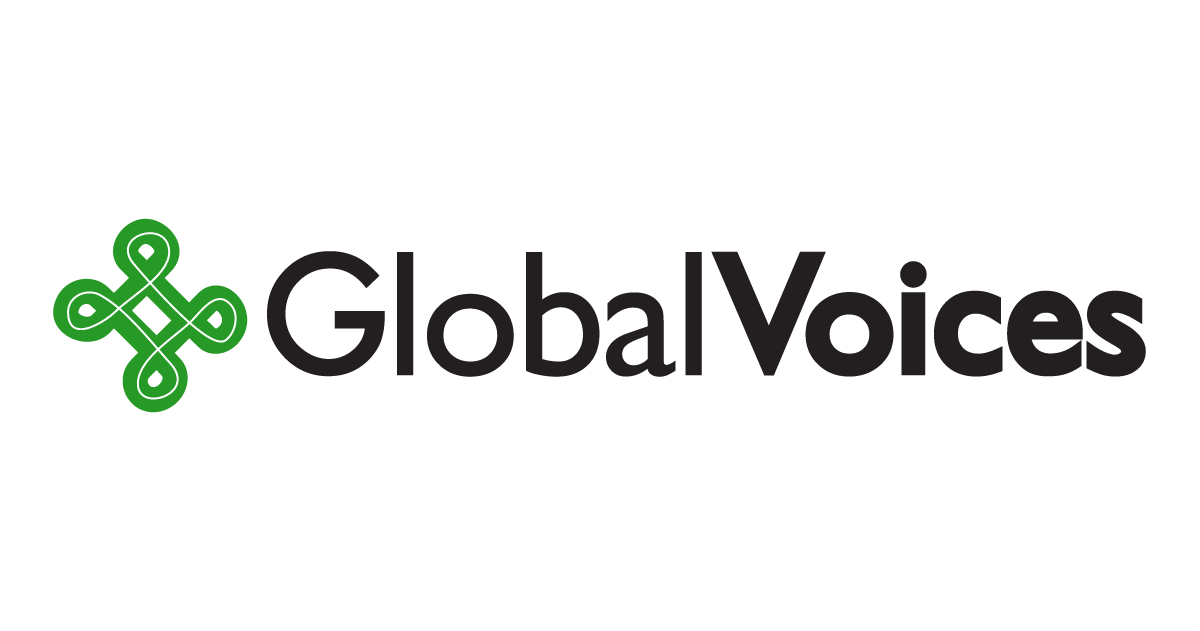Medical Software Localization
English - French
What is medical software localization?
Medical software localization is a key process that adapts healthcare software and devices to meet the linguistic, cultural, and regulatory requirements of different regions. This process ensures that medical information, products, and services are accurately translated and culturally relevant, ultimately enhancing usability for healthcare providers and patients alike.
What are the benefits of localizing your medical software?
- Improved Patient Safety: Accurate translations reduce the risk of misunderstandings that can lead to medical errors, such as incorrect medication dosages.
- Enhanced User Experience: Localized software is more user-friendly for non-English speakers, leading to higher satisfaction rates among patients and healthcare providers.
- Increased Market Reach: By localizing software, companies can expand their market presence globally, making their products accessible to a broader audience.
- Regulatory Compliance: Meeting local regulations is essential for market entry; proper localization helps ensure compliance with legal requirements in different countries.
- Cultural Relevance: Tailoring software to reflect local customs and preferences fosters better engagement with users, as they are more likely to trust and use products that feel familiar.
- Reduced Customer Support Costs: When users can navigate software in their native language without issues, it decreases the volume of support inquiries related to language barriers.
What are the EU MDR Language Requirements and How do they affect Medical Device Software?
EU Medical Device Regulation (MDR) 2017/745:
This European regulation provides comprehensive guidelines on the requirements for medical devices, including language and labeling requirements. Specifically, Article 10 implies that all user-facing information, including that presented in the graphical user interface (GUI), must be provided in a language understandable to the intended users. This includes any text displayed in the software, such as menus, buttons, instructions, error messages, and alerts. The key requirement is that all information necessary for safe and effective use of the medical device must be accessible in the local language(s) of the member states where the device is marketed. Therefore, translating the GUI is essential to comply with the MDR and ensure user safety and usability.
EU In Vitro Diagnostic Regulation (IVDR) 2017/746:
Similar to the MDR, this regulation governs in vitro diagnostic devices and includes requirements for labeling and user information in the local language.
Best Practices for Translating and Localizing Medical Software
Adapting your medical software to local markets to boost adoption
Conduct Comprehensive Market Research:
Before starting the localization process, it's crucial to understand the local medical practices, cultural nuances, and language preferences of each target market. Identifying regulatory requirements and necessary certifications will lay the groundwork for a successful localization project.
Collaborate with Qualified Localization Experts: Collaborate with language service providers who have specialized knowledge in the medical field and are familiar with relevant regulations. Experts can navigate complex terminologies and quality assurance procedures, ensuring accuracy and compliance.
Integrate Localization Early in the Development Cycle: Whenever possible, incorporate localization considerations from the outset of product development. This approach, commonly referred to as "localization at the design stage" helps prevent costly changes later and ensures that the software is designed with adaptability in mind.
Leverage Software Localization Tools: Implement tools that facilitate agile development and streamline localization processes, such as Lokalise, Phrase, or CrowdIn. These tools should support automated workflows, provide traceability for changes, and integrate seamlessly with existing development environments.
Implement a Robust Quality Assurance Process: Establish a thorough quality assurance system to test localized content for accuracy and functionality. This process should include linguistic validation and contextual reviews to ensure that the software meets local standards.
Maintain Translation Memory and Terminology Management: In partnership with your medical localization expert, create a translation memory to store previously translated content, which can enhance consistency and reduce redundancy in future projects. Effective terminology management ensures that critical medical terms are translated accurately across all languages.
Focus on Internationalization (i18n): Prepare your software for localization by ensuring it is internationalised. This involves designing the software to handle various languages, date formats, measurement units, and cultural preferences without requiring extensive re-coding.
By following these best practices, organisations can enhance the effectiveness of their medical software and health technology solutions while ensuring compliance with local regulations and improving user experience across diverse markets.
SaMD vs SiMD: What is the Difference?
Software as a Medical Device (SaMD) and Software in a Medical Device (SiMD) are two distinct categories of software in the medical field.
SaMD refers to software that is intended for medical purposes and can operate independently to diagnose, prevent, monitor, treat, or alleviate diseases or conditions. Examples include mobile apps for diabetes management and AI algorithms for diagnostic support.
SiMD refers to software that is integral to a medical device but does not function independently; it is embedded within the device to enhance its capabilities, such as the software controlling a surgical robot or an infusion pump.
The regulation of SaMD is based on its intended use and associated risks, while SiMD is regulated as part of the overall medical device. However, the regulatory frameworks for SaMD and SiMD differ across regions:
- In the EU, SaMD is governed by the Medical Device Regulation (MDR), requiring rigorous risk-based classification, while SiMD is treated as part of the medical device's overall compliance.
- In the US, the FDA classifies SaMD based on its intended use and may require premarket submissions, whereas SiMD is regulated as part of the device itself.
- Similarly, in Australia, SaMD and SiMD are both subject to the Therapeutic Goods Administration (TGA) regulations, which also follow a risk-based approach.
PROFESSIONAL MEDICAL TRANSLATOR AND LOCALIZATION SPECIALIST - ENGLISH INTO FRENCH
Medical Software Localization Services
Technical Documents
- Instructions for Use (IFUs)
- Medical Device Manuals
- User Guides/Clinical Guides
- Standard Operating Procedures (SOPs)
- Design and Manufacturing Information
Regulatory Documents
- Product Labels and Packaging
- Notified Body Communications
- Field Safety Notices (FSNs)
- Post-Market Surveillance Reports
Training Materials
- E-learning Modules
- Training Videos (subtitling)
- Quick Reference Guides
- Webinars
- Training Manuals
- Presentations
User Interface
- UI strings
- Help pages
- Images
- GUI, buttons and symbols
- Text
Market Research
- Industry Surveys and Reports
- Focus Groups Transcripts
- Stakeholders Interviews
- UX Research
- Case Studies
- Questionnaires
Marketing Collateral
- Trade Show Promotional Material
- SEO-optimized Website Content
- Product Catalogs
- User Experience Research
- White Papers

